Want to Redesign Your Home? Start with an Inspiring Mood Board
Looking to refresh your home's design but unsure where to begin? Discover how five simple steps can help you create a personal mood board that guides your vision and elevates your space in ways you never imagined. Explore new ideas.
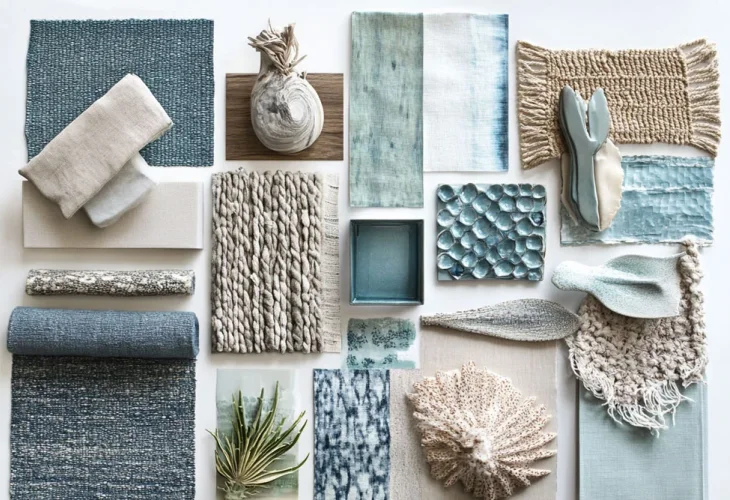
A mood board is an essential tool for interior designers and design enthusiasts keen on developing their style. It's a collection of images, colors, textures, and ideas that provide a clear direction for decorating a space. If you're struggling to decide on a style for your home or a specific nook, seeking ideas, or simply unsure how to start, a mood board can help organize your thoughts and spark creativity.
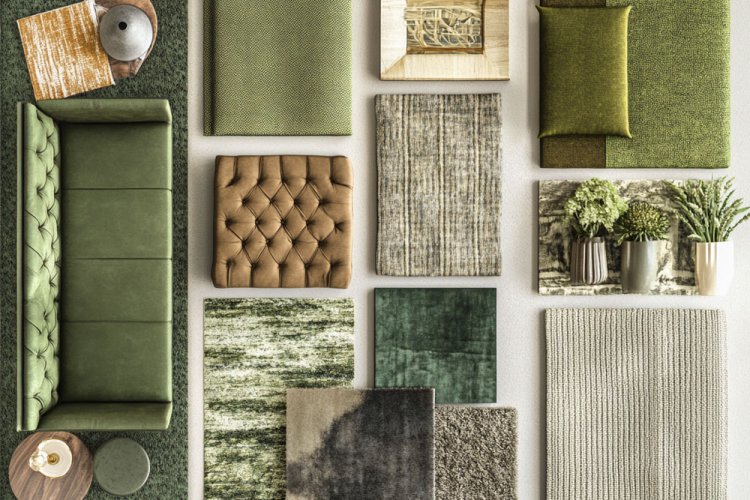
How to Create a Mood Board?
- Gather Images and Ideas: Start by collecting images and ideas that visually attract you. For a physical mood board, find pictures in magazines, cut them out, and paste them on a large sheet. If your mood board is digital, search in websites and design sections, like here. Look for images that include items, colors, materials, and atmospheres you connect with. To create a digital mood board, use apps designed for this purpose, or simply save images to your computer/mobile device.

- Choose Your Colors: As you collect images, pay attention to recurring hues and ask yourself: Do you gravitate more towards warm tones, like wood, orange, and brown, or cooler tones like blue, gray, and white? Choosing a clear color palette will help direct the design.
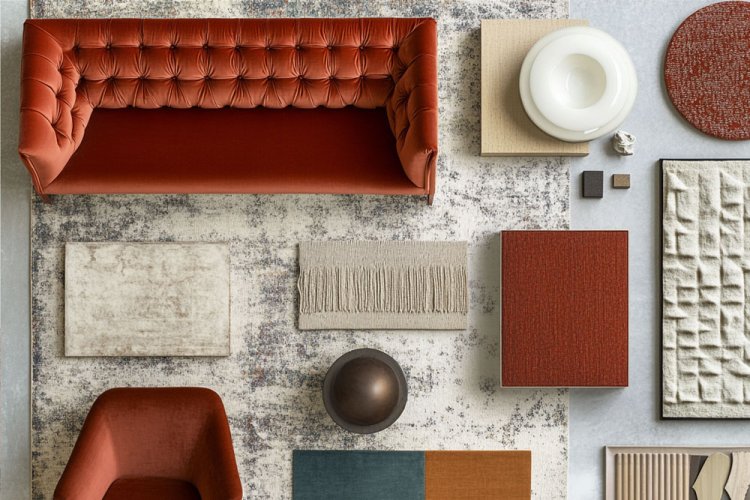
- Combine Textures and Materials: Besides colors, notice textures and materials in the images. Do you lean towards a natural look with materials like wood, rattan, and cotton fabric, or prefer sleeker, modern materials like glass and metal? Combining various textures can enrich the design.
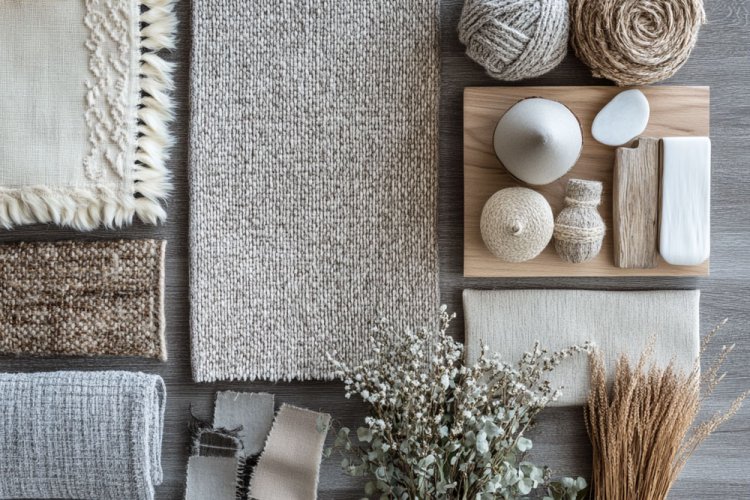
- Define Specific Ideas: After gathering a variety of pictures and ideas, start defining a clearer direction. Ask yourself: Which images truly represent the style I want to create? Focus on specifics—are you going for a minimalist, rustic, boho chic, modern design, or perhaps a blend of several styles?
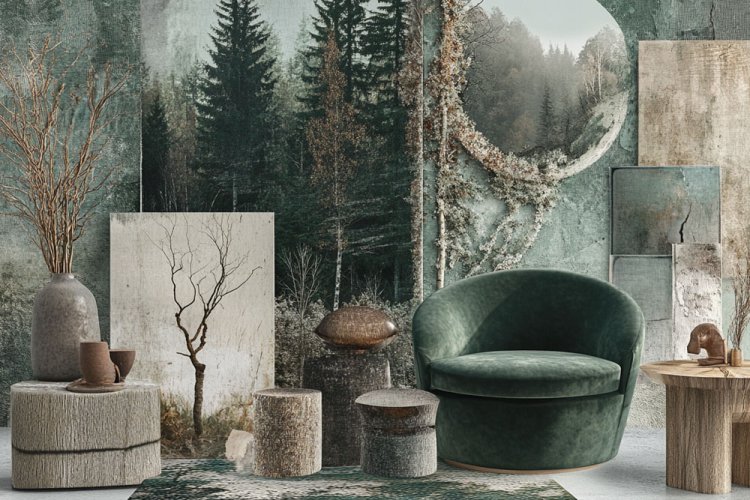
For example: If you see many pictures of ethnic rugs, vibrant shades like orange, red, and deep blue, and an abundance of unique pieces from different parts of the world, you might be drawn towards boho chic. If your board mostly features neutral colors, simple wooden furniture, and green plants, your style might lean towards Scandinavian, characterized by minimalism, natural materials, and calming colors.
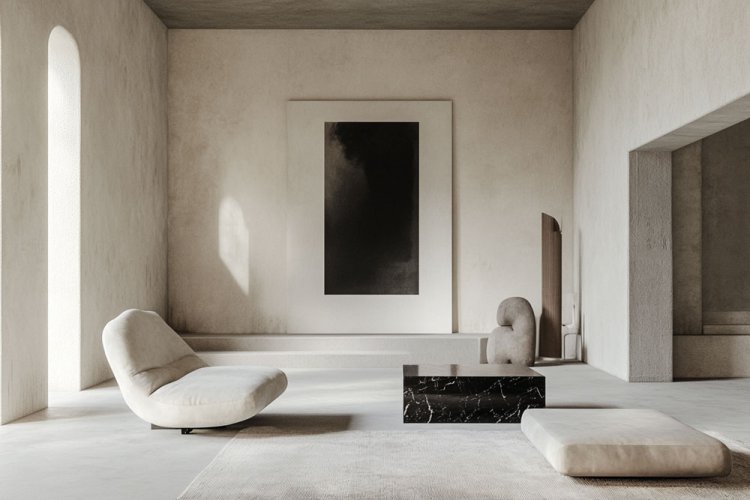
- Categorize by Area: Once you've gained some experience in collecting images and materials, create specific boards for rooms in the home, such as a living room board with images of items and textures suited to the living space you want to design. Include pictures of key items like furniture, colors, lighting, plants, and accessories. Having everything displayed clearly in front of you makes decision-making easier.

The Advantage of the Mood Board
The benefit of a mood board is its ability to visually and clearly display the style you wish to implement. It allows you to see if the colors harmonize, whether the materials suit the home's overall environment, and if the chosen items match the atmosphere you want to create. With a clear board in front of you, you can also determine where to invest a bit more and where you can save while still achieving a stunning result.
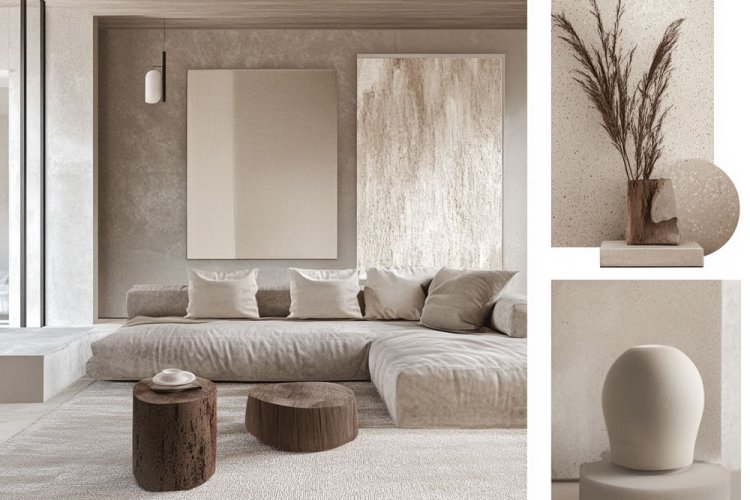
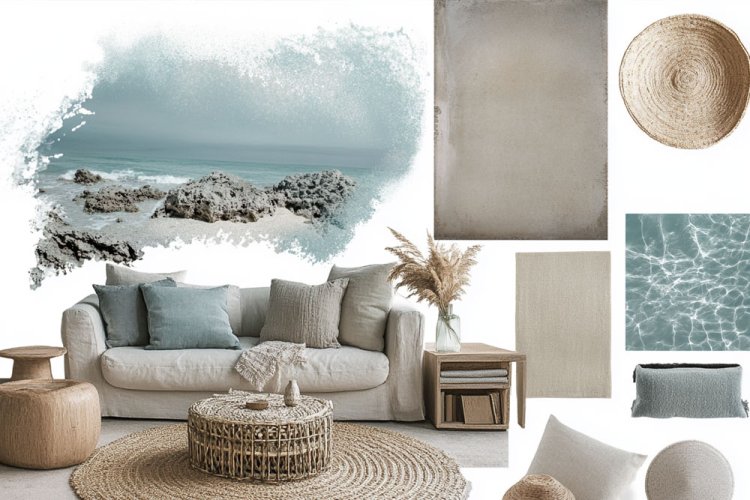
A mood board is a powerful tool that helps you consolidate a clear design style and follow it through the home decorating process. By collecting images, colors, textures, and ideas that resonate with you, you can create a clear design direction, save time, and transform your space to be styled and personal.
Enjoyed these ideas? Making your own mood board? Let us know in the comments.

